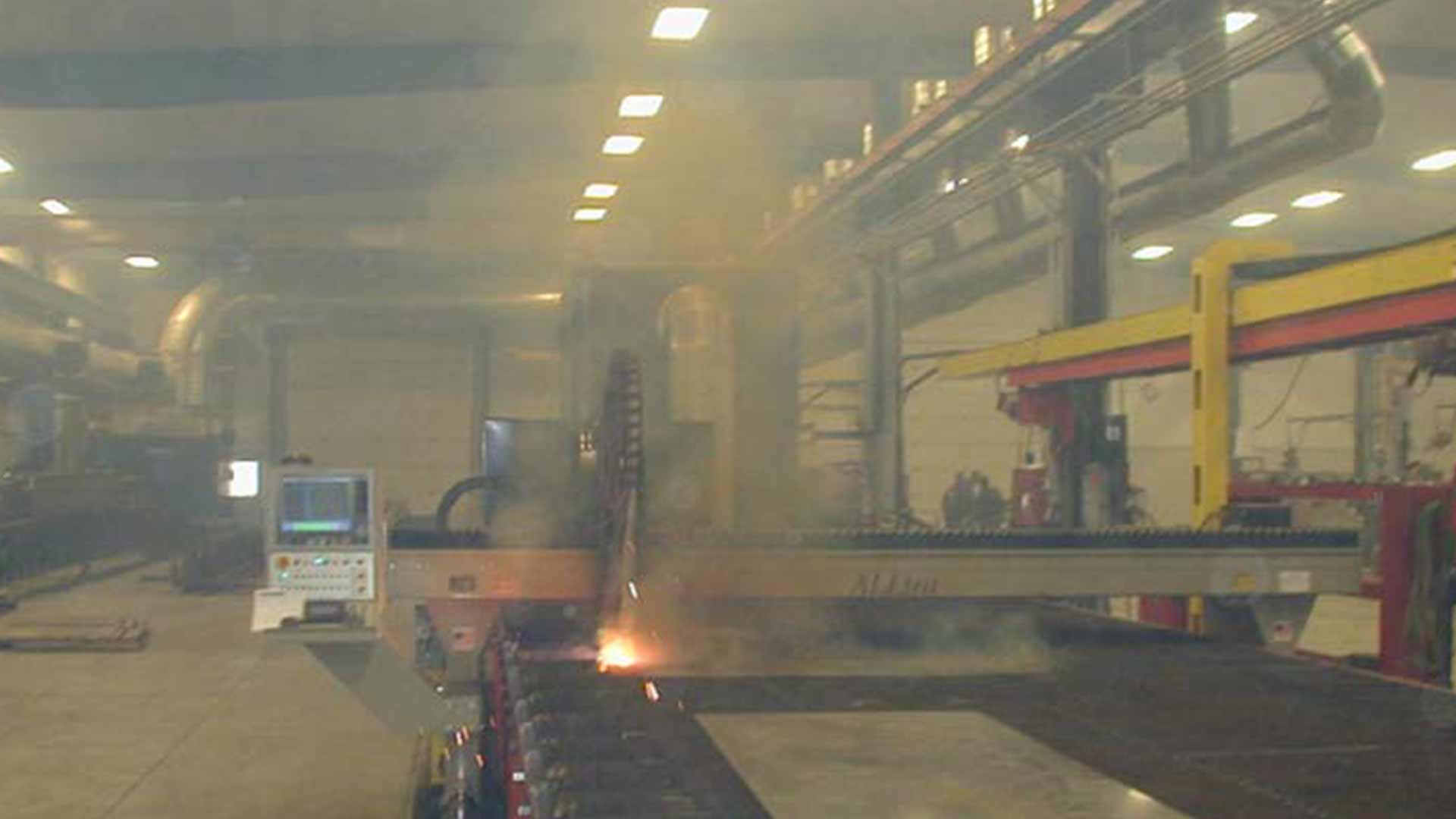5 Things to Consider When Choosing a Dust and Fume Collector

In your search for industrial ventilation equipment, it can be difficult to properly evaluate a dust collector's capabilities. Buyers are often confronted with statements about construction, reliability or how long a company has been making them. What do these claims tell us about the quality of the fume collector? Little, if anything. To make matters worse, manufacturing processes (and related regulations) have changed drastically over the past 20 years. Improving facility air quality for the benefit of worker health and productivity are pressing issues, but creating an effective industrial ventilation system requires that a wide range of variables be considered, from the type of dust and fumes produced to the air flow dynamics that carry the particulate and pollutants throughout a plant. With this in mind, here are five important considerations to account in your search for the right dust and fume collector.
1. Self-Contained = Convenient
A well-designed dust collector integrates every component needed to make it operational — cabinet, motor, blower, control panel, safety features, filters — into one self-contained design. The only system components that should be required on-site are simple electrical and compressed air connections. As a buyer, you shouldn't have to endure hours of labor expenses to install your industrial ventilation system. Furthermore, units that are assembled prior to shipping can be properly inspected and tested before they leave the manufacturer. A fully functional fume collector with an integrated cabinet, motor, blower and particulate containment unit is one indication of a smart design that will be easier to install.
2. Lose the Wires
In the past, a quick way to improve the performance of a dust and fume collector was to find a suitable control panel that could be mounted to the cabinet in order to automate certain functions. This often required contracting an electrician to wire and install this add-on equipment. Today, innovative companies in the clean air business are designing industrial ventilation equipment that incorporates intuitive electronic control panels that automate the entire process without having to add or install an auxiliary control system. Furthermore, the very best solutions offer cloud-based intelligent control systems that maximize system efficiency and provide predictive maintenance capabilities.
3. Prevent Suction Loss
Clean filters are one of the most important factors for dust collectors to perform at peak capacity. Most cartridge collectors include some form of pulse cleaning technology designed to shake debris loose from the filter so it can fall into a containment bin. Here's the bottom line: blasting a pulse of air at a filter might dislodge the surface dust, but the constant airflow being drawn through the collector can re-deposit or re-entrain the dust back into the filters, even if they've been pulsed and particulate has been shed to the dust tray. In the end, this air pulsing technology is largely ineffective for these reasons. Dust collectors with advanced pulse cleaning technology utilize a more highly engineered solution based on air flow science. Each filter should have a dedicated electronic pulse mechanism or valve programmed in sequence. A sequential, double-pulse action will neutralize the tendency of the particulate to re-deposit on nearby filters resulting in the particulate falling free of the filter and into the tray. Finally, vertically-oriented filters provide a much less-exposed surface area for the potential re-deposit or re-entrainment of particulates in fume collectors.
4. Hidden Costs
Managing operating costs is an important practice for any business. Dust collector filters are one of those costs. Dust and fume collectors should have high-quality filter media in order to maintain a clean, safe facility for healthy, happy and productive employees. There are many factors to keep in mind when it comes to filter maintenance. Over-burdened industrial ventilation equipment will result in rapidly consumed filters. Another operating cost to consider is the power a ventilation system consumes. The most advanced fume collectors minimize energy usage when they start and stop automatically, and actively adjust their operating speed and power to match the level of activity as well as the condition and resistance of the filters.
5. Safety First
Welding and cutting processes can be hazardous. A certain amount of caution is necessary to maintain a safe environment and protect your investment in equipment and the employees operating it. Dust and fume collectors perform a crucial function in process engineering and as a result are often the front line of defense in these operations. Cabinet construction is important and sometimes overlooked aspect of this safety process. The first step to ensuring a safe cabinet is making certain seams and joints carefully welded and engineered to create a perfect seal. Advanced dust collectors include a sensor that can detect a leak if one occurs, then instantly shut an operation down to prevent exposure to potentially harmful fumes and particulate.
Safety-oriented dust collectors include fire suppression systems that instantly activate in the event that particulates are accidentally ignited during welding or other operations. The very best fume collectors offer a system that can detect both the presence of smoke and heat. Typically in these systems, when smoke is detected a damper is closed to eliminate oxygen and smother a fire. If heat is detected, a fire suppressant gas such as a clean agent gas is deployed to extinguish the fire and protect employees and your investment in equipment and the facility.
Making Your Decision
Making the right choice in industrial ventilation equipment for manufacturing operations can pay dividends long into the future. It's important to look closely and ask questions about all your options. When the dust settles, you'll be glad you did.
To learn more about what you should consider in your search for industrial ventilation systems, download our complete white paper on the subject.
SUBSCRIBE TO
BLOG UPDATES





